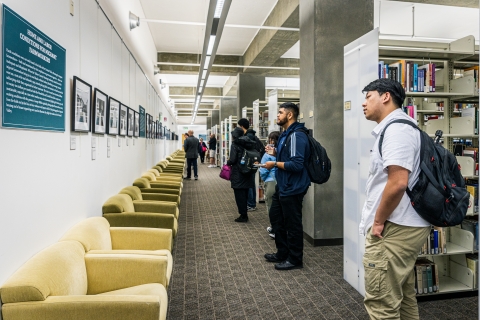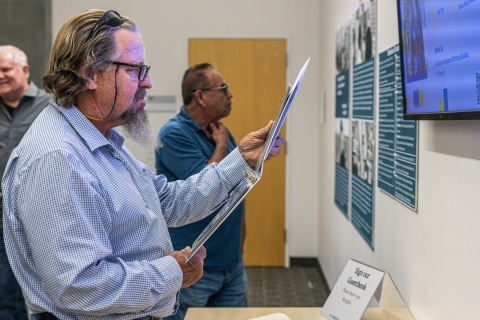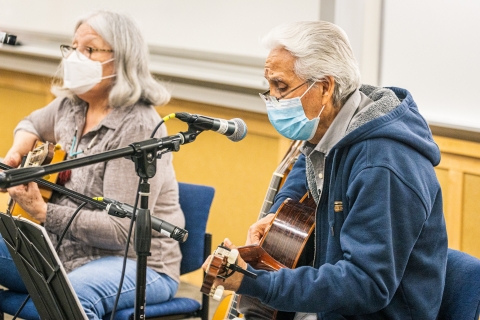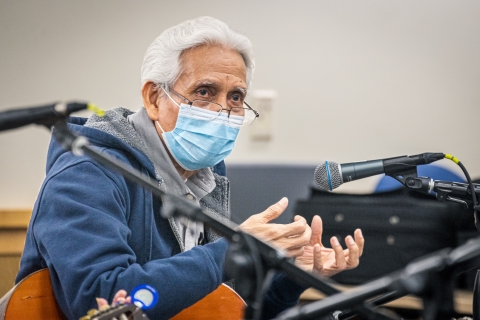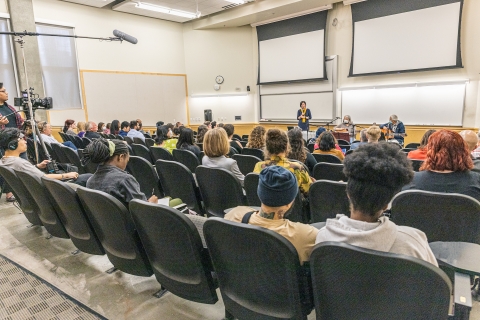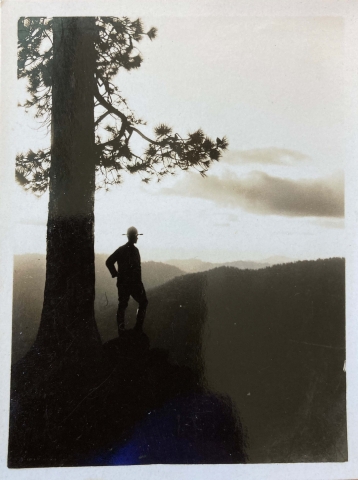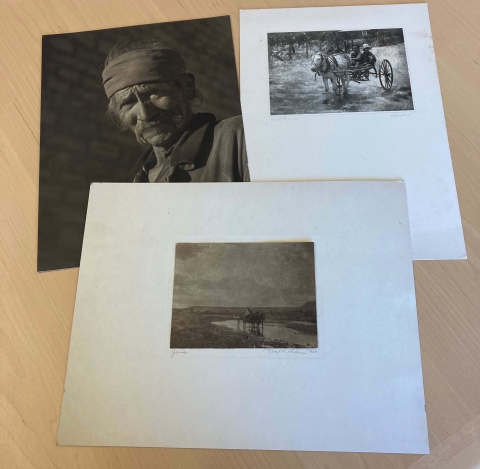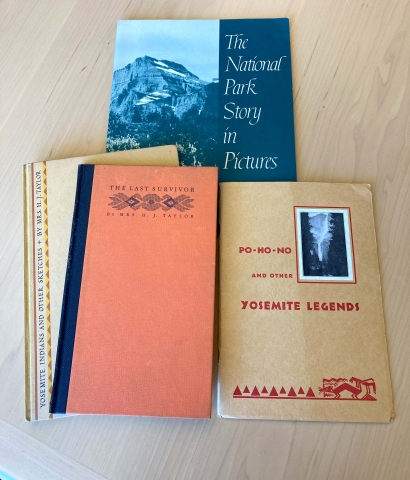Unearthing California's Agricultural History: CARA Highlights Inspire a Closer Look at Archives
Sophia LaMonica began working at the UC Merced Library in January 2020 as an MLIS graduate student intern on a research project supported by a United States Agricultural Information Network (USAIN) Research Award. Her accomplishments included the creation of a Zotero library of key historical pre-1950 publications documenting agriculture in California. Given her skills in research, experience as a news and travel writer, and her interest in the subject matter, we were very fortunate to be able to hire her as a communications assistant to promote the California Agricultural Resources Archive (CARA) and historical resources to wider audiences, including through social media. Her work was supported by a National Endowment for the Humanities American Rescue Plan grant in 2022.
She has been instrumental in developing our social media strategy; curated digital timelines on California agriculture and related topics; launched our LinkedIn presence; and laid the groundwork for a video/podcast series. She has been responsible for an astounding 1,600+ social media posts! As she wraps up her time at UC Merced, I asked if she would share her reflections and the highlights of her experience working with us on CARA. —Emily Lin
Unearthing California's Agricultural History: CARA Highlights Inspire a Closer Look at Archives

By Sophia LaMonica, CARA Communications Assistant
I first learned about CARA through an internship that involved the compilation of state bibliographies created during an earlier project, Preserving the History of United States Agriculture and Rural Life: State and Local Literature, 1820–1945. These bibliographies represent the collective works of state and local agricultural literature deemed of the highest priority for preservation.
Searching for the titles of California’s bibliography across the web and pulling them into an online library, I discovered my love for California history—and academic librarianship. Growing up in Los Angeles, I considered myself a California enthusiast, but it wasn’t until this internship that I realized that despite my love for my home state, I knew very little about California—especially the San Joaquin Valley.
For CARA, my role was to increase awareness of its collections of agricultural literature, photographs, and films, which span generations of farming families and rural communities of California. The work was not merely about promoting CARA; it was about shining a spotlight on the enduring legacy of California's early pioneers whose work has shaped the state's agricultural landscape.
It was an exciting and challenging prospect, and I was eager to apply what I’d learned in the MLIS program to work alongside librarians and archivists and bring CARA’s resources to a broader audience. I immediately immersed myself in the research papers, narrative reports, and especially the photographs.


Photos from the University of California Agricultural Cooperative Extension, San Joaquin County, Collection: Two deer crossing a stream close to camp, 1928 (top), Before breakfast hike to Mirror Lake, 1928 (bottom)
How was it that I had never even seen that 300-mile expanse, representing one of the most important agricultural regions in the world, where so much of our food is grown? This is where the grapes are grown that make award-winning wine, supply the entire nation, and still there are enough left season after season to turn them into heaps of raisins. But the grapes are only drops in the enormous bucket of all that makes California so unique. It is a state capable of growing so much with such variety—yet thanks to whom and how this all came about had thus far been mostly a mystery to me. As I began unraveling the stories found within the archives, it became increasingly evident how the agricultural research conducted since the passage of the Smith-Lever Act of 1914 helped create the state as we know it today, and how relevant these materials truly are.
When I first explored these collections, it was the photographs that drew me in—it was like being unleashed in a massive room with unlimited boxes of vintage photos and documents of California, basically a dream come true job. Within the research papers, narrative reports, journals, newsletters, audio recordings, and films, and photographs are thousands of stories of California’s early agricultural history, county by county, told through the works of UC Farm Advisors, Cooperative Extension specialists, and the communities in which they served. The significance of this recently digitized history is what makes CARA such an exciting archive to explore.
I thought it would be harder to decide, but when I saw it again I knew this was it: my favorite photograph found in CARA. So much about it speaks to me, like the brim of her big floppy hat, and the serene look on her face. I especially love how the sunlight filters through the trees.
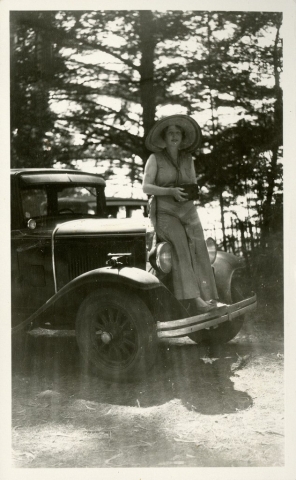
[Woman standing on car], undated. University of California Agricultural Cooperative Extension, San Joaquin County, Collection.
San Joaquin County farm home department agent Mabel A. Wood’s story emerged in a newspaper clipping about the summer camp in Yosemite Valley (Newspaper clipping of report of camp). Her photographs memorialized the events, and she helped arrange the camp, among the first of its kind “out west, at which a paid cook was at the foundation upon which the objective—rest—was laid.”
What a trip down memory lane to scroll through the posts since October 12, 2020, Indigenous People’s Day, when my first and favorite post was published. That post promoted the online accessibility of the Journal of California and Great Basin Anthropology on eScholarship, which featured “Plant Use by Complex Hunter-Gatherers: Paleoethnobotanical Studies in California” and “A New Look at Some Old Data: The Nisenan Photographs of Alexander W. Chase.

In my time with CARA, I published 1607 posts to Facebook, Instagram, Twitter, and LinkedIn. My posts have also highlighted work beyond CARA, including other library special collections and scholarly resources available online:



I feel ever grateful to be a part of CARA, and know that its stories are reaching more and more people every day, fostering a deeper appreciation for the research and work of those that came before us, and ensuring that California's agricultural legacy continues to inspire and educate future generations.


